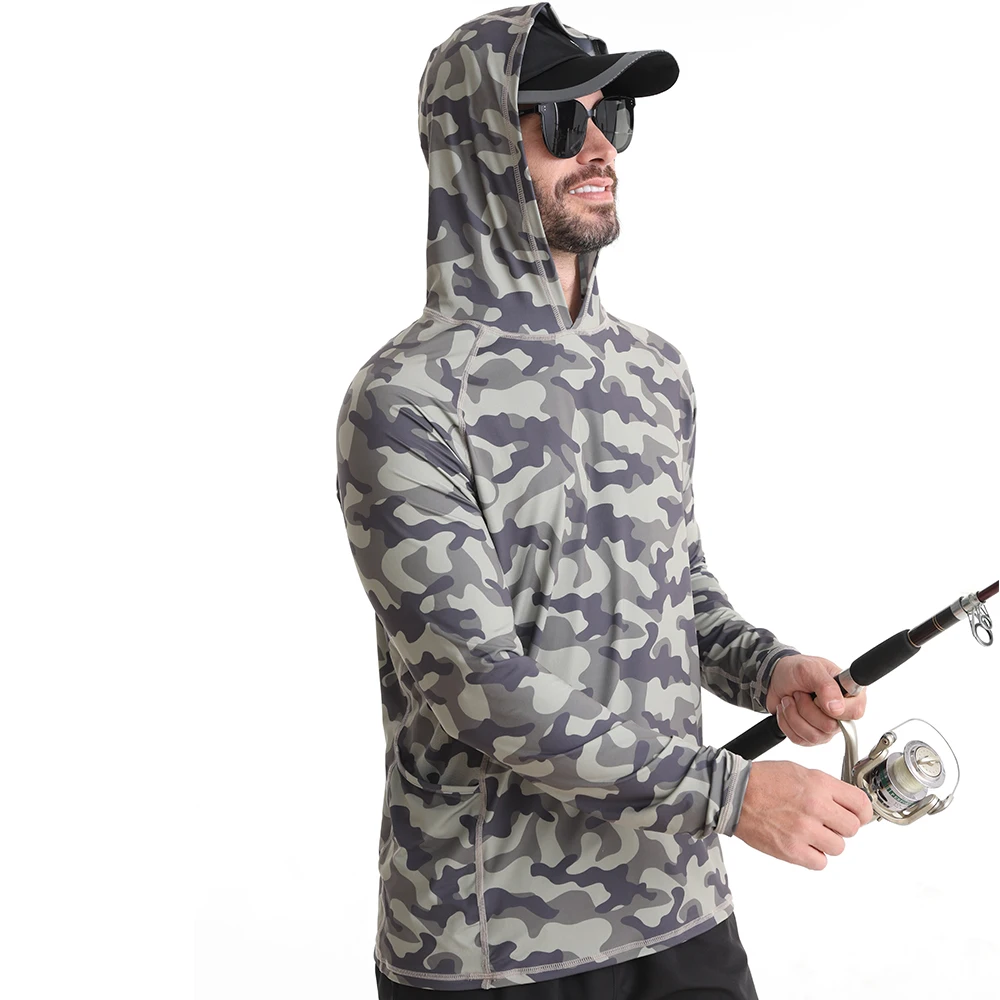about
PRODUCTS
5."Top Features to Look for in Fishing Life Jackets"
1. Buoyancy and Certification
The most fundamental aspect of any life jacket is its buoyancy. Look for a jacket certified by a recognized authority, such as the United States Coast Guard (USCG) or Transport Canada. These certifications guarantee the life jacket meets specific safety standards regarding buoyancy and materials. The buoyancy rating should be appropriate for your weight and the type of water you'll be fishing in. Heavier individuals or those fishing in rougher waters may require a higher buoyancy rating. Don't just rely on the stated weight range; consider your body type and potential for additional gear like waders, which can significantly impact your overall weight and buoyancy needs.
Furthermore, examine the type of buoyancy material used. Inflatable life jackets offer a slimmer profile but require regular maintenance and battery checks. Foam-filled life jackets offer consistent buoyancy without the need for batteries, making them a reliable option. Hybrid jackets combine features of both, providing a balance between comfort and reliability. Understanding the differences and choosing the right buoyancy type for your fishing style is paramount.
2. Comfort and Fit
A life jacket that's uncomfortable will likely be left unused. Prioritize comfort and a proper fit. The jacket should fit snugly but not restrict your movement. Look for adjustable straps at the sides, waist, and shoulders for a personalized fit. Consider the material – breathable fabrics are preferable for warmer days to prevent overheating and discomfort. Some jackets feature mesh panels for added ventilation. Try the jacket on before purchasing, ideally with the clothing you’d wear while fishing, to ensure a comfortable and secure fit.
The style of the jacket also plays a role in comfort. Some anglers prefer low-profile, automatic inflatable jackets, while others prefer the more substantial feel of a traditional foam-filled jacket. Consider the type of boat you’re using and the fishing conditions. If you’re frequently leaning over the side of the boat or working in tight quarters, a slimmer profile might be more comfortable. If you're fishing in rougher waters, a more robust jacket might offer better protection and stability.
3. Storage and Pockets
Fishing often involves carrying various essentials, from pliers and lures to sunscreen and a first-aid kit. A life jacket with ample storage pockets can significantly improve your fishing experience by keeping these items readily accessible. Look for multiple pockets of varying sizes, ideally with secure closures to prevent items from falling out. Consider the placement of the pockets – pockets positioned on the front are often more convenient than those located on the back.
The type of pockets is also important. Some jackets offer zippered pockets for secure storage of valuable items, while others might have open pockets for quick access to frequently used tools. Think about the items you typically carry while fishing and choose a jacket with pockets that cater to your needs. Waterproof or water-resistant pockets are a significant advantage in protecting sensitive items from the elements.
4. Visibility and Reflective Features
Safety on the water extends beyond buoyancy. Enhanced visibility is crucial, especially during low-light conditions or in areas with heavy boat traffic. Look for life jackets with bright, high-visibility colors like orange, yellow, or red. Reflective strips or tapes further increase visibility at night or in low-light situations. These reflective elements, often strategically placed on the shoulders, chest, and back, help other boaters and rescuers easily spot you in an emergency.
The placement and size of the reflective material are key. Ensure the reflective strips are large enough to be seen from a distance and located in areas that will be easily visible from various angles. Some life jackets incorporate additional features, such as integrated lights or whistles, to further enhance visibility and signaling capabilities. These features significantly improve your chances of being rescued quickly in an emergency.
5. Additional Features
Beyond the core features, several additional features can enhance the functionality and safety of your fishing life jacket. Consider features like a built-in knife or whistle for emergencies. A harness attachment point allows you to connect to the boat for enhanced safety when working on the deck. Some jackets incorporate D-rings for attaching additional equipment, such as a net or pliers. These added features can greatly improve your safety and overall fishing experience.
However, remember that adding extra features can increase the cost and bulk of the life jacket. Prioritize the features that are most important to your individual needs and fishing style. Don't get overwhelmed by the numerous options; choose a life jacket that offers a good balance between safety, comfort, and practicality. Regularly inspect your life jacket to ensure all features are in proper working order.
Choosing the right fishing life jacket is an investment in your safety and peace of mind. By carefully considering these five key features, you can select a life jacket that provides the optimal level of protection and comfort, allowing you to enjoy your time on the water without compromising your safety. Remember that a properly fitted and well-maintained life jacket is your best defense against accidents, so choose wisely and fish safely.SUBSCRIBE
INQUIRY





